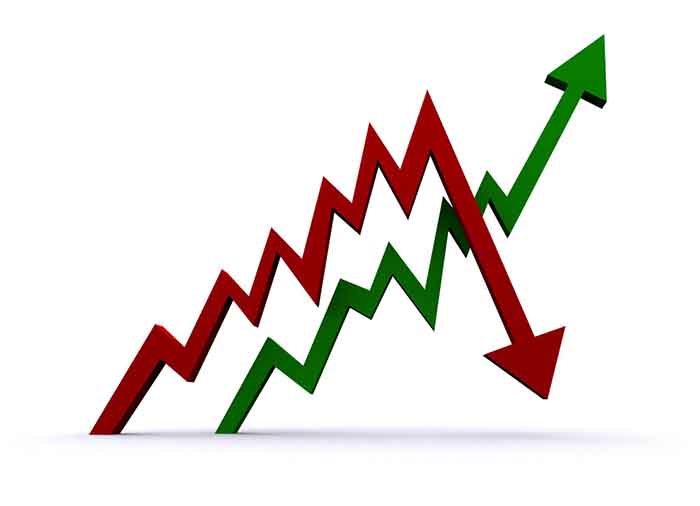India’s mammoth general election that began earlier this month is now past the halfway stage, says Shilan Shah, senior India economist at international consultancy Capital Economics.
Votes have been cast in 302 out of the country’s 543 constituencies, with four days earmarked for further voting to take place before results are announced on 23 May.
Opinion polls are banned while the election is taking place, but the most recent ones prior to the start of voting were indicating that the Prime Minister Modi’s BJP was on course to remain in power.
However, which party wins probably matters less for the economy than whether the election delivers a stable government.
A durable coalition or, less likely, another single-party majority would set the stage for continued gradual reforms that would sustain rapid economic growth over the next few years.
Key indicators
- Activity indicators show that GDP growth weakened in the last quarter of 2018.
- Business indicators have generally been upbeat over the past few months.
- Consumer indicators suggest that household spending growth has weakened in the early stages of 2019,
but we think it is likely to recover soon. - External indicators show that the monthly goods trade deficit widened a touch in March, but still remained small by past standards.
- Inflation indicators show that both headline CPI and WPI inflation accelerated last month, and that
underlying price pressures remain elevated. - Fiscal & Monetary indicators show that after 11 months of FY18/19, the cumulative fiscal deficit stood at
over 130% of the total that had been budgeted for the entire year. But the finance ministry should still hit its revised target following a surge in asset sales. - Financial market indicators show that the Sensex hit a fresh record high in early April, and is up by 8%
since the start of the year.








